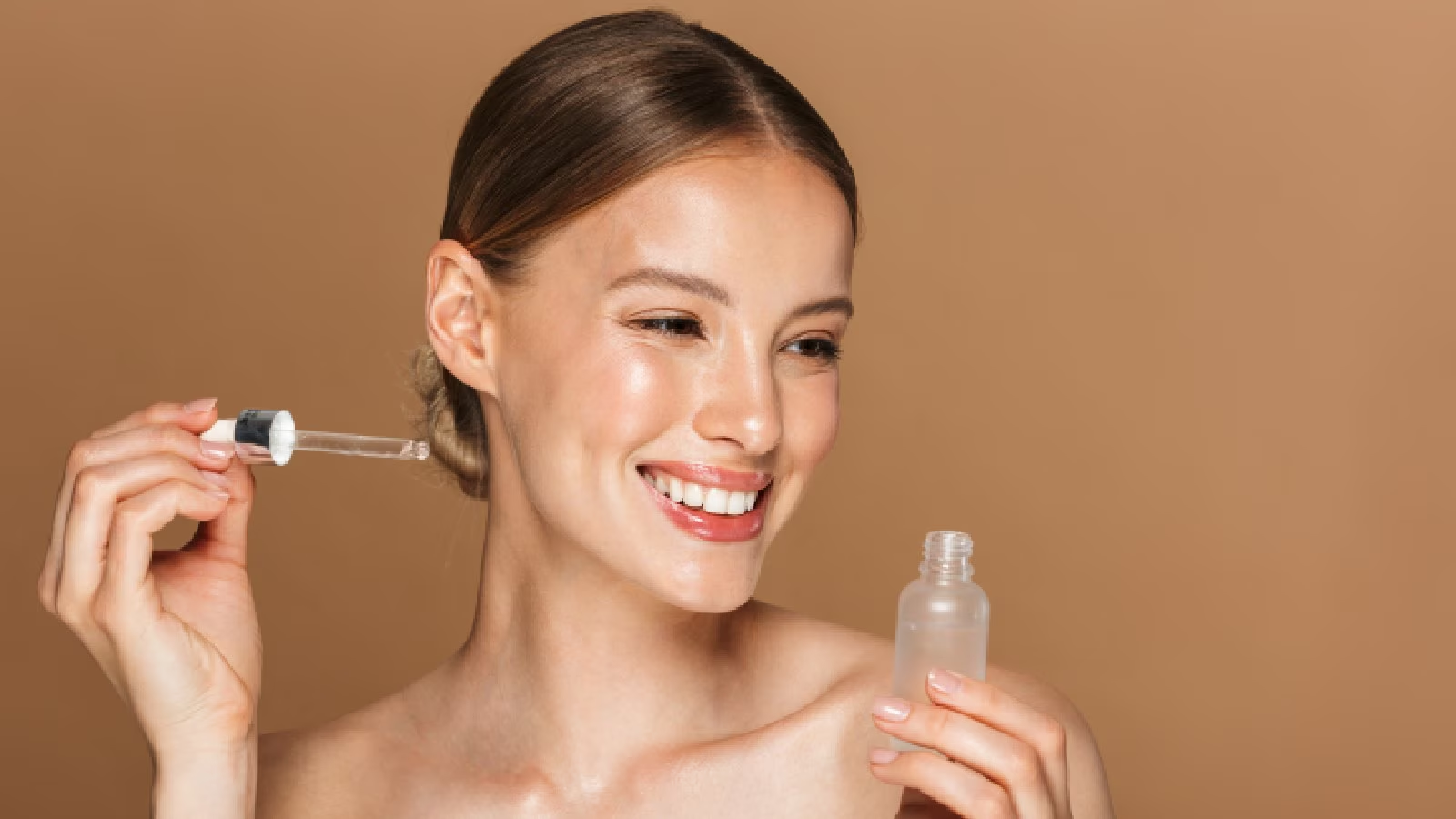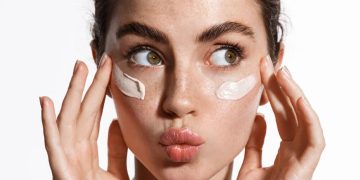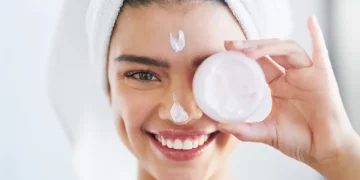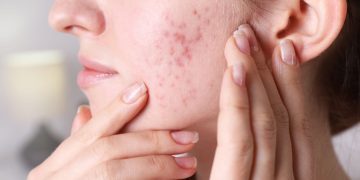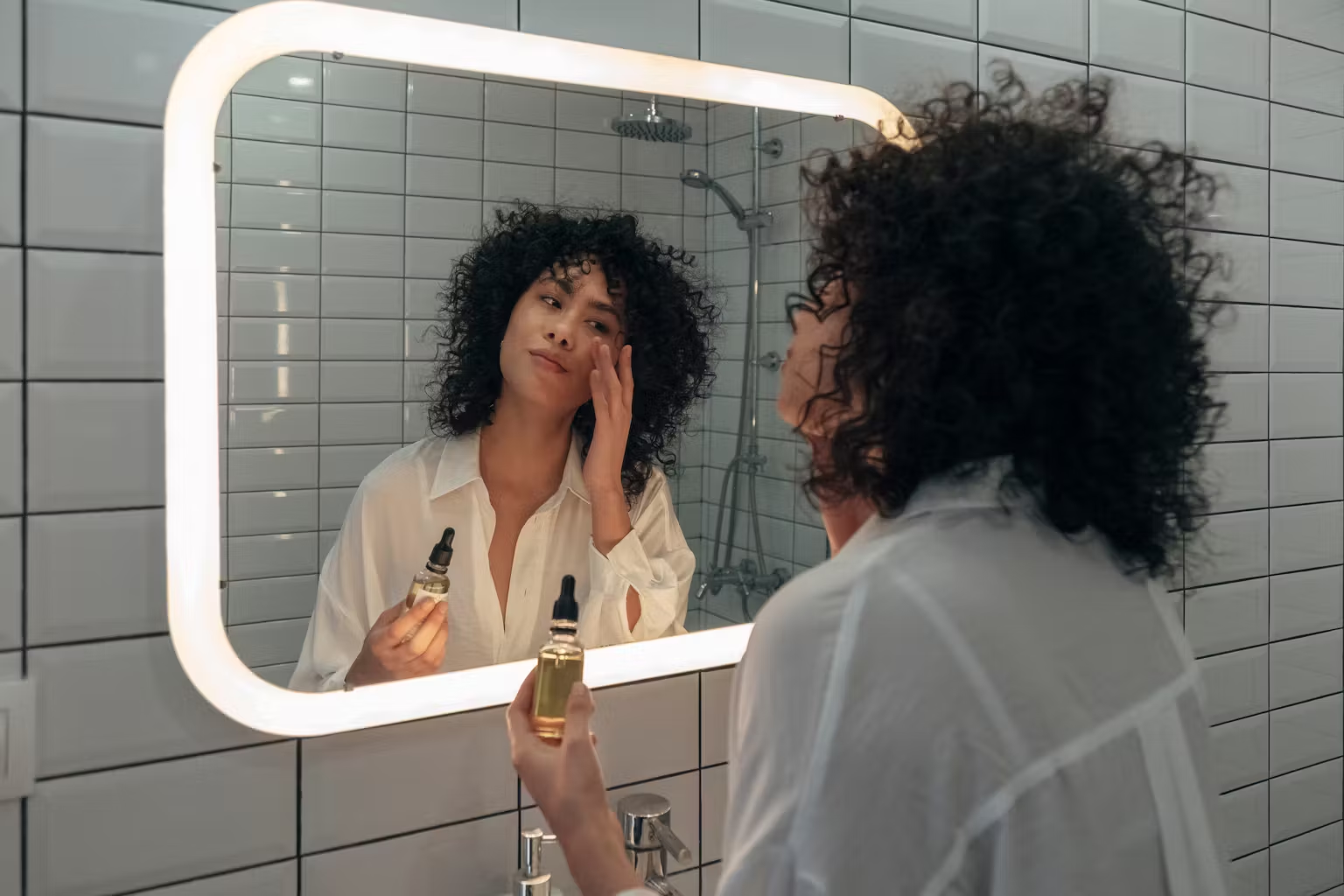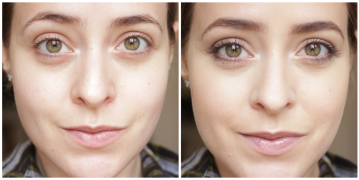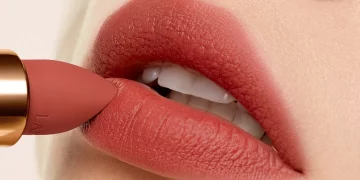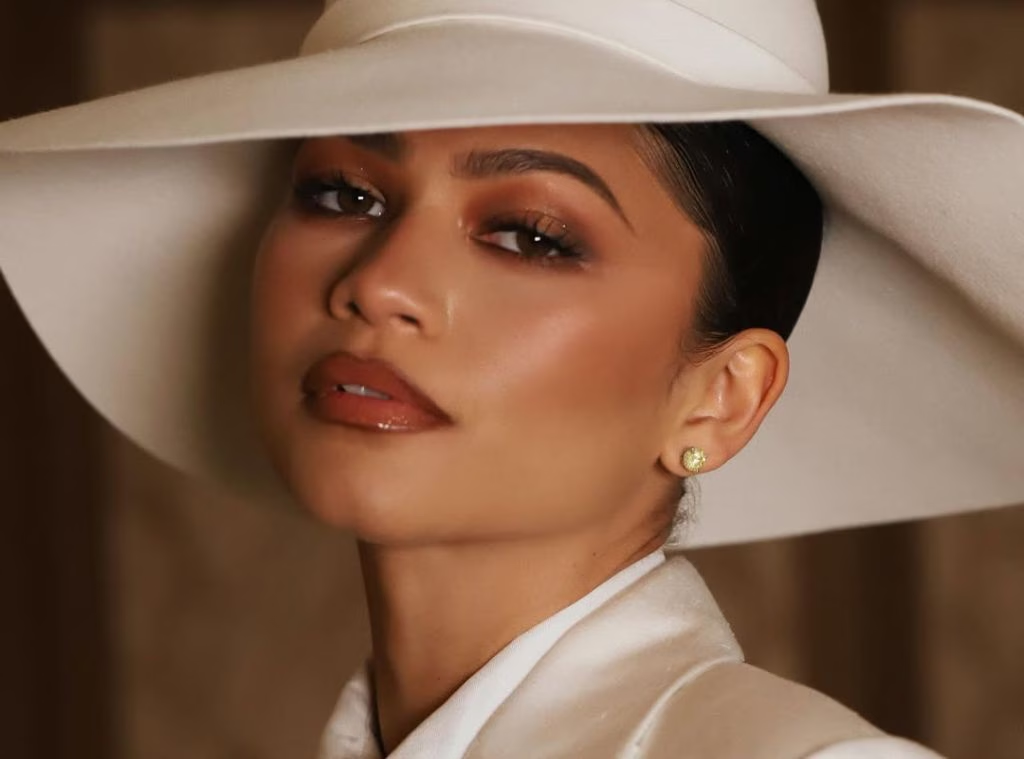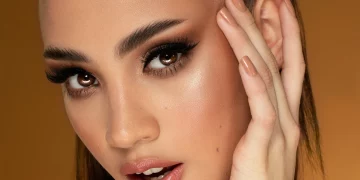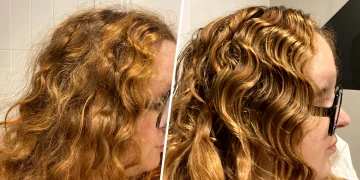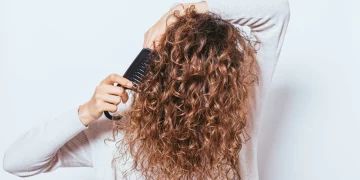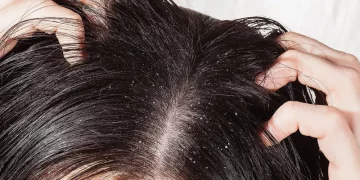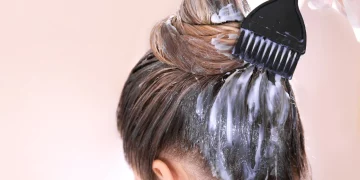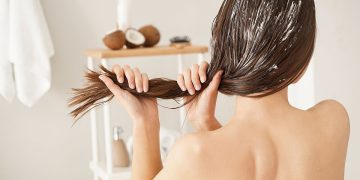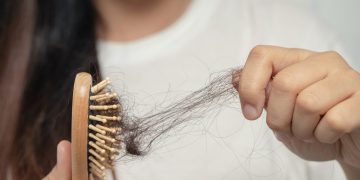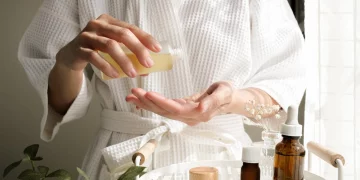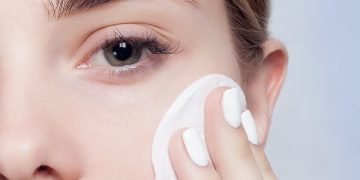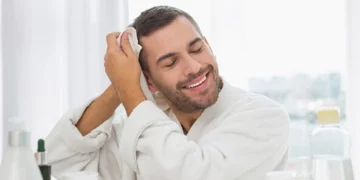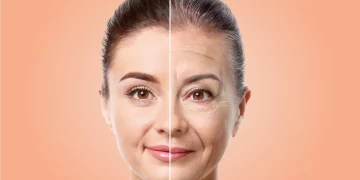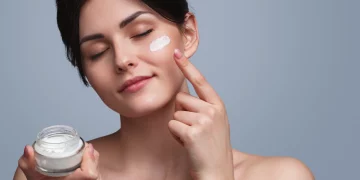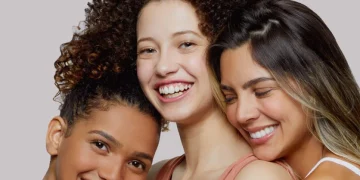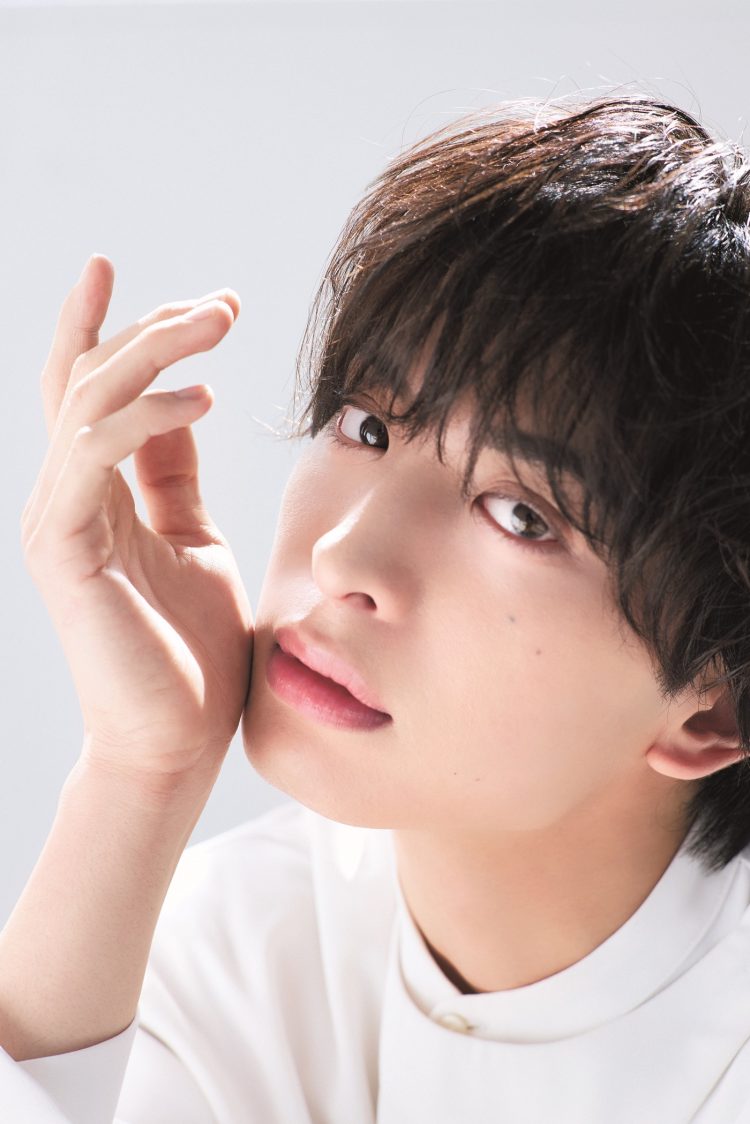Introduction
In recent years, the beauty and skincare industry has undergone significant transformation, with the once strictly female-dominated market expanding to embrace a more inclusive and diverse audience. One of the most notable shifts is the rise of the male beauty market, which is not only growing in skincare but also in the realm of oral beauty products. Men, traditionally seen as less engaged in beauty regimens, are increasingly seeking out supplements and oral products that improve skin health, hair vitality, and overall wellness.
As this new market emerges, brands are facing the challenge of navigating the long-standing stigma around beauty products for men, while simultaneously breaking free from rigid gender stereotypes. The question is: how can these brands carve out a niche in this evolving market while catering to a diverse male demographic that no longer subscribes to outdated “gender labels”?
In this article, we will explore the factors driving the rise of the male oral beauty market, the barriers brands must overcome, and the strategies companies are employing to cater to this new and dynamic audience.
1. The Growing Demand for Male Oral Beauty Products
a. Changing Perceptions of Masculinity
In recent decades, traditional notions of masculinity have been shifting. Men are no longer bound by the idea that caring for one’s appearance is a sign of weakness or femininity. Instead, more men are embracing self-care routines, which include skincare, haircare, and yes, oral beauty. The rise of social media, influencers, and modern male celebrities advocating for self-care has played a major role in reshaping these perceptions.
Furthermore, male grooming has become a mainstream trend, with more men investing in high-quality skincare and beauty products. As men become more aware of the importance of nutrition and wellness for maintaining a youthful appearance, oral beauty supplements—such as collagen pills, vitamins, and antioxidants—have gained popularity. This growing interest is not just about aesthetics but is also tied to a broader cultural movement toward holistic wellness.
b. Market Statistics and Consumer Trends
Statistics show that the demand for male beauty products is rising at a fast pace. According to various market research reports, the global male grooming market is expected to grow by 5-7% annually, with particular growth in skincare, haircare, and wellness supplements. In 2023 alone, the male supplement industry, including those for beauty and wellness, saw a substantial increase, with oral supplements accounting for a growing portion of this growth.
What makes this market particularly intriguing is the diversity within it. Men of all ages, from young professionals to middle-aged and older men, are becoming more conscious of maintaining their skin and health. This creates a vast and diverse target market for oral beauty products that cater to everything from anti-aging to hair growth and skin hydration.
2. Breaking the “Gender Labels” in Beauty
a. The Legacy of Gendered Beauty Products
Historically, beauty products have been marketed according to gendered stereotypes. Women’s beauty products are often portrayed as indulgent, luxurious, and designed to enhance femininity, while men’s grooming products focus on functionality, simplicity, and strength. In the oral beauty space, this binary has been even more pronounced, with beauty supplements—like collagen and skin vitamins—rarely marketed toward men.
This gender division is now being challenged, as men increasingly see beauty products, including oral supplements, as tools for self-improvement rather than a sign of vanity. Brands that break free from these traditional gender labels are able to tap into a growing market of men who want to look and feel their best, without being boxed into stereotypical gender norms.
b. Changing Marketing Strategies: Inclusive Messaging
To break through the “gender barrier,” brands must be strategic in how they market their products. For example, some brands are using gender-neutral packaging and inclusive advertising to appeal to all consumers, regardless of gender. Rather than focusing on traditional gender-specific imagery, they use diverse representations of men and women engaging in self-care.
One way brands are shifting their marketing is by highlighting the functional benefits of oral beauty products, like improved skin elasticity, joint health, or hair vitality, rather than focusing on aesthetic benefits alone. This approach caters to men who might previously have avoided beauty products because they were perceived as primarily for women.
Furthermore, using athletes, fitness influencers, and health-conscious celebrities as brand ambassadors helps reinforce the idea that beauty products are a form of self-care and wellness—an attitude that resonates with modern men who prioritize physical health and well-being. These partnerships help reframe the narrative that beauty is about more than just looks; it’s about feeling good, staying healthy, and maintaining confidence.
3. The Role of Technology and Innovation in the Male Oral Beauty Market
a. The Rise of Functional Supplements
As men increasingly turn to oral beauty supplements, brands are focusing on innovative formulations to meet the growing demand. These supplements are often marketed as functional products, combining beauty benefits with overall health advantages. For example:
- Collagen Supplements: Collagen is crucial for skin elasticity, joint health, and muscle recovery. Collagen supplements are now marketed to men to support both their skincare routines and physical well-being, especially for those looking for anti-aging solutions.
- Vitamins and Antioxidants: Supplements rich in vitamins C, E, and B complexes are widely promoted for their role in reducing skin inflammation, fighting oxidative stress, and enhancing skin tone. Men are increasingly opting for these to support their skin health.
- Hair Growth Supplements: Products containing ingredients like biotin, zinc, and saw palmetto are marketed as solutions for thinning hair or hair loss, a concern that many men face. These products focus on both functional health and aesthetic benefits.
Many of these products are developed with the latest nutraceutical technologies that enhance the absorption and bioavailability of key ingredients, making them more effective. This focus on high-quality, scientifically-backed formulations appeals to the modern male consumer who wants more than just cosmetic results.
b. E-commerce and Personalized Products
The rise of e-commerce has made it easier for men to discover and purchase oral beauty supplements without feeling self-conscious in a store. The online shopping experience offers a degree of privacy and convenience that appeals to men who might not want to engage with salespeople in traditional retail settings.
Furthermore, brands are leveraging personalized skincare solutions and beauty quizzes to recommend supplements tailored to individual needs. This personalized approach helps brands meet the specific demands of male consumers, whether they are seeking solutions for skin hydration, anti-aging, or overall wellness.

4. The Future of the Male Oral Beauty Market: Opportunities and Challenges
a. Opportunity for Growth and Innovation
The male oral beauty market presents a significant opportunity for brands to innovate and reach a previously untapped demographic. By focusing on functional wellness, convenience, and inclusive branding, companies can establish themselves as leaders in this growing sector. The key to success will lie in creating products that genuinely improve men’s skin, hair, and overall health while marketing them in a way that resonates with modern, health-conscious men.
In addition, as consumer awareness of mental health and self-care grows, there’s potential for brands to develop products that support not just physical appearance but also mental wellness. Products that promote stress relief, better sleep, and a balanced lifestyle could be the next frontier in the male beauty market.
b. Overcoming Challenges
Despite the opportunities, there are still challenges. Many men are still hesitant to embrace beauty supplements due to lingering cultural perceptions. To overcome these barriers, brands must work to destigmatize oral beauty products for men, positioning them as integral parts of a modern wellness routine.
Education will play a key role here, with brands needing to inform male consumers about the long-term benefits of oral supplements for skin, hair, and overall health. By using data-driven marketing, providing expert testimonials, and aligning with male influencers who promote self-care, brands can break down the hesitancy surrounding these products.
5. Conclusion: Breaking Boundaries in the Beauty Industry
The rise of the male oral beauty market reflects a broader cultural shift toward inclusivity, wellness, and self-care. Brands that are able to transcend gender stereotypes and promote products based on functionality and health benefits will resonate with today’s male consumer. As more men embrace oral beauty supplements as part of their wellness routines, the market will continue to expand.
Ultimately, the future of the male oral beauty market will rely on brands’ ability to adapt, innovate, and educate—helping men break free from outdated beauty norms and embrace the power of self-care in all its forms. Breaking down “gender labels” is not just a trend; it’s the future of the beauty and wellness industry.

